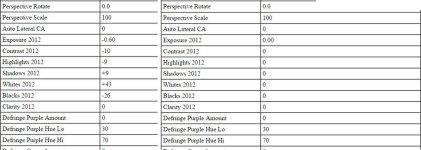I mean the mechanism itself. We're landing spacecrafts on a comet milions of miles from here and it isn't possible to somehow connect a timer in the system?
I'm no camera technician but if they can convert photon information into a digital file, shouldn't it be possible to simply calculate that photon count during a specific period? Mirror up. At t0; start, at t0.002; stop. Mirror down. 1/500th of a second full sensor exposure, no distortion.
Maybe that's too simple.
You can't just time the mirror, or use a simple blade or guillotine shutter. One frame edge opens first and closes last. One edge of sensor gets more light than the other side. Won't much matter at slow speeds, but fast is out of the question. That's why focal plane has two curtains, one opening, and one following along closing. All sensor areas get the same amount of light.
Speeds faster than about 1/100 second require intense mechanical action. Timing 1/4000 second is out of the question. Timing 1/1000 second mechanically is extremely difficult (certainly if also providing many speeds from a few seconds on up). The D800 and D4 do 1/8000 second. But the beauty of focal plane is that it does Not time the exposure directly, it just times the delay of the second curtain starting... a wait time, which is nothing for a crystal timer.
DSLR use CMOS sensors now. Cameras with CCD senors have to disable the chip to serially move the image data out of the chip anyway. So compact and camcorders still use CCD, and just time the enable On time to act as shutter speed. This is very inexpensive, the chip can already do it. It is what you ask for.
A few early economy DSLR did that too (D70, D40, etc), and could sync flash at any shutter speed, but the better models (D80) using the same CCD chip instead used a real focal plane shutter, because it is simply a better shutter. CCD shutters were not real shutters, did not block the light from hitting the sensor when off, which can cause blooming. They did have a cheap mechanical shutter to cover the chip, which was used for slower speeds (like up to about 1/100 second, accuracy not yet very important), but for faster, it had to open to get out of the way of the electronic shutter, which increased risk of blooming. So with CMOS, we don't hear about blooming any more, but here is a good example of blooming, D70 and D80, with SAME CCD sensor, but D70 has electronic shutter, and D80 has conventional focal plane shutter.
Nikon D80 Review: Full Review - Exposure
CMOS is different, much more complex, and cannot do fast enable/disable like CCD can. For example, the current Nikon 1 class of CX cameras do use a electronic chip shutter with CMOS, but with only 1/60 sec sync. The first early models of this "1" class had a inexpensive version with 1/60 sync, and a more expensive version using an actual focal plane shutter, syncing at 1/200 (or 1/250, I forget which?).
Anyway, shutters are not about photons. They are about very intense mechanical movement, which need to last hundreds of thousands of cycles. Materials may have improved, but kinetics has not changed that much.



